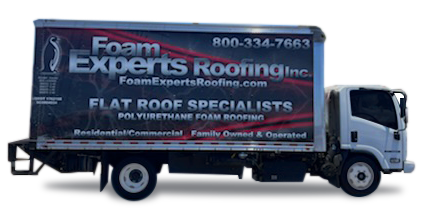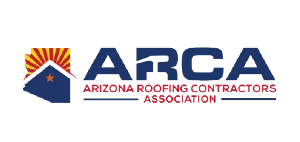The cost of foam roofing is one of the most compelling reasons to go with this environmentally friendly roofing solution. However, there are many other advantages to this roofing system as well. Read on for information on its durability, energy efficiency, and environmental impact. If you’re considering installing foam roofing for your home, consider the following factors:
Cost of spray foam roofing
The cost of installing a spray foam roof varies. It can range anywhere from $2.37 to $3.00 per square foot. This amount depends on several factors, including square footage and opening area. The installation process requires the input of several factors, including square footage and roof opening area. Depending on your needs, you may be able to save up to 15 percent of the overall cost with this option. To determine the cost of spray foam roofing, visit a contractor’s website.
The average cost for a spray foam roof is around six to seven thousand dollars. However, the price will vary greatly depending on the size, pitch, and slope of the roof. Property owners can expect to pay between two and three dollars per square foot, or approximately 250 to 300 dollars per square. The final cost will depend on the size and pitch of the roof and the number of workers. The costs listed above do not include installation fees.
Energy efficiency
Roofing that is energy efficient can save on both your monthly energy bills and the cost of installing solar panels on your roof. Increasingly, commercial and residential buildings are choosing to install this type of roofing due to its significant benefits. As the cost of energy continues to rise, so too does the demand for energy efficiency. With these benefits in mind, spray foam roofing is becoming an increasingly popular option. This material is both lightweight and durable, and can be applied over any type of roof.
Using foam roofing to cover your roof can help to reduce cooling costs by up to 30 percent, as it offers excellent insulation. In addition, foam roofs can last for 50 years or more, meaning your investment in new roofing will be recouped in three to four years. Additionally, foam roofing can be installed easily and costs relatively little to repair. For these reasons, it is an excellent choice for your roofing needs. While this type of roof will cost you more initially, it will pay for itself in energy savings within three to four years.
Durability
While metal roofs and asphalt shingles typically last about 40 years, foam roofing is more durable and can last decades with proper care. Its low maintenance is also what makes it less likely to sustain damage from severe weather conditions. Metal roofs and asphalt shingles are more susceptible to damage from hail and high winds, but foam is designed to withstand harsh weather and be less likely to leak. So what can you do to improve the durability of your foam roofing?
Polyurethane foam is used for foam roofing. When it is applied to the roof, the foam expands and forms a monolithic membrane with no joints or seams. Unlike asphalt shingles, foam roofing will not absorb water, allowing it to remain waterproof. It can be applied to new or existing projects and is suitable for many different types of roofs. Foam roofing also reduces the cost of tearing off an old roof in case you want to replace it with a new one. Also, it requires very little maintenance and is considered a low-cost alternative to conventional roofing materials.
Environmental impact
The widespread use of foam for commercial roofing is a cause for concern, especially when considering the environmental impact of this material. Most commercial roofing contractors scrape off the entire mass of insulation once they’ve finished, leaving a problem for landfills. In addition to contributing to waste, this material also emits CFCs into the atmosphere. HCFC foams have a much lower impact on global warming, but their overall effect is still significant.
The study was conducted by the Spray Foam Alliance (SPFA). It is based on current operations data from spray foam manufacturers and installers. It was critically reviewed by an independent panel of experts. It considers five critical environmental impacts: energy demand, embodied energy, water use, and greenhouse gas emissions. Several independent third parties were also consulted for this research. The study includes five factors that influence the environmental impact of foam roofing.
If you want a quote on Foam Roofing for a home or commercial business in Phoenix, Tucson, Mesa, or the state of Arizona call our experts for help.















